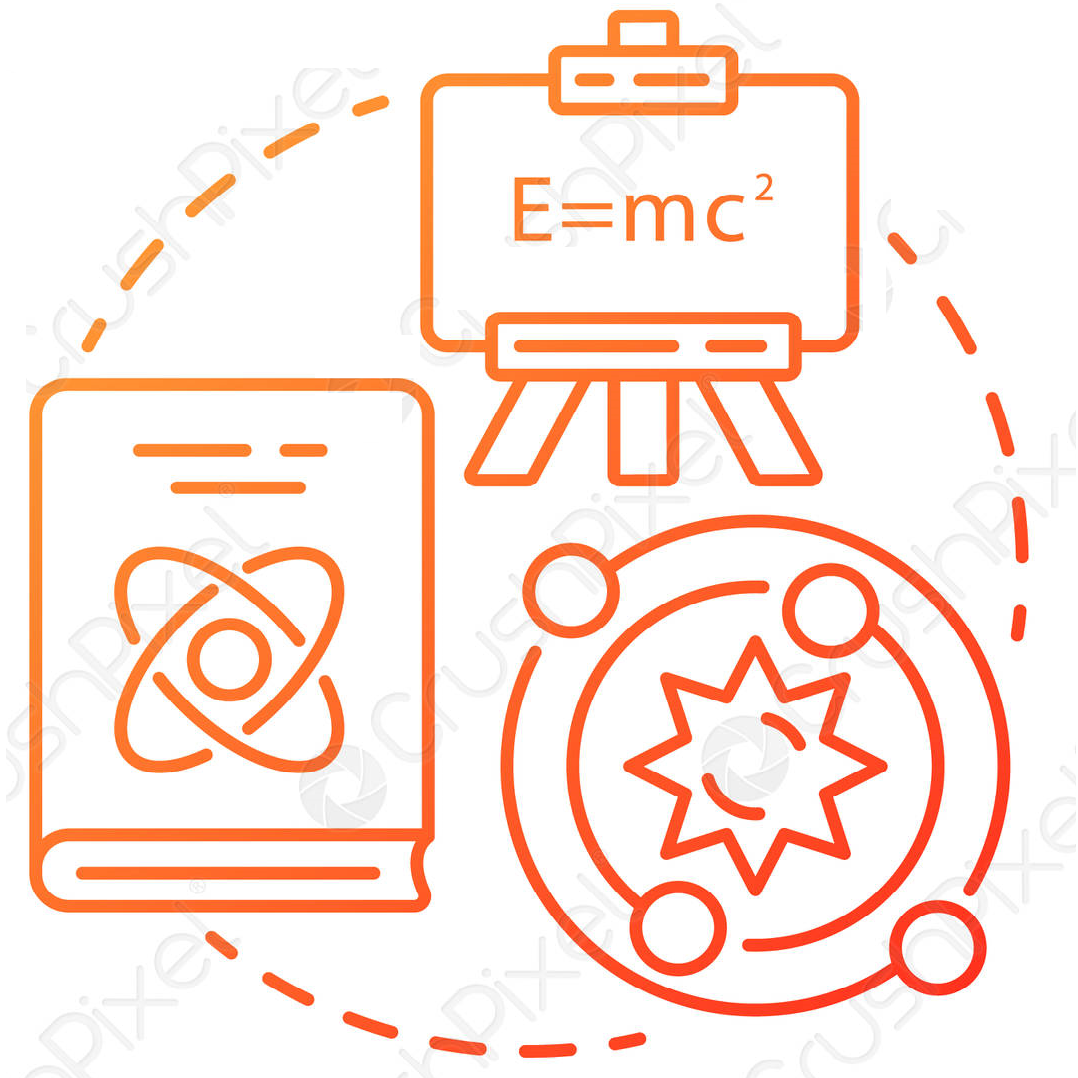SIBU - SISTEMAS DE BIBLIOTECAS UNICOC
Su carrito está vacío.
Beer, Ferdinand P
Vector Mechanics for Engineers : Stactics / Ferdinan p. Beer, E. Rusell Johnstone, Dvid F. Mazurek - 12 ed. - New york Mcgraw Hill 2019 - 602 Páginas
Cover
Title
Copyright
About the Authors
Brief Contents
Contents
Preface
Guided Tour
Digital Resources
Acknowledgments
List of Symbols
1 Introduction
1.1 What is Mechanics?
1.2 Fundamental Concepts and Principles
1.3 Systems of Units
1.4 Converting between Two Systems of Units
1.5 Method of Solving Problems
1.6 Numerical Accuracy
2 Statics of Particles
2.1 Addition of Planar Forces
2.2 Adding Forces by Components
2.3 Forces and Equilibrium in a Plane
2.4 Adding Forces in Space
2.5 Forces and Equilibrium in Space
Review and Summary
Review Problems
3 Rigid Bodies: Equivalent Systems of Forces
3.1 Forces and Moments
3.2 Moment of a Force about an Axis
3.3 Couples and Force-Couple Systems
3.4 Simplifying Systems of Forces
Review and Summary
Review Problems
4 Equilibrium of Rigid Bodies
4.1 Equilibrium in Two Dimensions
4.2 Two Special Cases
4.3 Equilibrium in Three Dimensions
Review and Summary
Review Problems
5 Distributed Forces: Centroids and Centers of Gravity
5.1 Planar Centers of Gravity and Centroids
5.2 Further Considerations of Centroids
5.3 Additional Applications of Centroids
5.4 Centers of Gravity and Centroids of Volumes
Review and Summary
Review Problems
6 Analysis of Structures
6.1 Analysis of Trusses
6.2 Other Truss Analyses
6.3 Frames
6.4 Machines
Review and Summary
Review Problems
7 Internal Forces and Moments
7.1 Internal Forces in Members
7.2 Beams
7.3 Relations Among Load, Shear, and Bending Moment
*7.4 Cables
*7.5 Catenary Cables
Review and Summary
Review Problems
8 Friction
8.1 The Laws of Dry Friction
8.2 Wedges and Screws
*8.3 Friction on Axles, Disks, and Wheels
8.4 Belt Friction
Review and Summary
Review Problems
9 Distributed Forces: Moments of Inertia
9.1 Moments of Inertia of Areas
9.2 Parallel-Axis Theorem and Composite Areas
*9.3 Transformation of Moments of Inertia
*9.4 Mohr’s Circle for Moments of Inertia
9.5 Mass Moments of Inertia
*9.6 Additional Concepts of Mass Moments of Inertia
Review and Summary
Review Problems
10 Method of Virtual Work
*10.1 The Basic Method
*10.2 Work, Potential Energy, and Stability
Review and Summary
Review Problems
Appendix: Fundamentals of Engineering Examination
Answers to Problems
Index
Properties of Geometric Shapes
1. Introduction
2. Statics of particles
3. Rigid bodies: Equivalent systems
4. Equilibrium of rigid bodies
5. Distributed forces: Centroids and centers of gravity
6. Análisis of Structures
7. Internal forces and moments
8. Friction
9. Distributed forces: Moments of inertia
10. Method of virtual work
A primary objective in a first course in mechanics is to help develop a student's ability first to analyze problems in a simple and logical manner, and then to apply basic principles to their solutions. A strong conceptual understanding of these basic mechanics principles is essential for successfully solving mechanics problems. This edition of Vector Mechanics for Engineers will help instructors achieve these goals. Continuing in the spirit of its successful previous editions, this edition provides conceptually accurate and thorough coverage together with a significant refreshment of the exercise sets and online delivery of homework problems to your students. The 12th edition has new case studies and enhancements in the text and in Connect. The hallmark of the Beer-Johnston series has been the problem sets.This edition is no different. Over 650 of the homework problems in the text are new or revised. One of the characteristics of the approach used in this book is that mechanics of particles is clearly separated from the mechanics of rigid bodies. This approach makes it possible to consider simple practical applications at an early stage and to postpone the introduction of the more difficult concepts. Additionally, Connect has over 100 Free-Body Diagram Tool Problems and Process-Oriented Problems. McGraw-Hill's Connect, is also available. Connect is the only integrated learning system that empowers students by continuously adapting to deliver precisely what they need, when they need it, how they need it, so that class time is more effective. Connect allows the professor to assign homework, quizzes, and tests easily and automatically grades and records the scores of the student's work. Problems are randomized to prevent sharing of answers an may also have a "multi-step solution" which helps move the students' learning along if they experience difficulty.
Ingles
9781260092721 9781260289688
Mecánica aplicada
Estática --Aplicaciones en ingeniería
Física mecánica
Programa de ingeniería industrial
Programa de Ingeniería Química
620.103
Vector Mechanics for Engineers : Stactics / Ferdinan p. Beer, E. Rusell Johnstone, Dvid F. Mazurek - 12 ed. - New york Mcgraw Hill 2019 - 602 Páginas
Cover
Title
Copyright
About the Authors
Brief Contents
Contents
Preface
Guided Tour
Digital Resources
Acknowledgments
List of Symbols
1 Introduction
1.1 What is Mechanics?
1.2 Fundamental Concepts and Principles
1.3 Systems of Units
1.4 Converting between Two Systems of Units
1.5 Method of Solving Problems
1.6 Numerical Accuracy
2 Statics of Particles
2.1 Addition of Planar Forces
2.2 Adding Forces by Components
2.3 Forces and Equilibrium in a Plane
2.4 Adding Forces in Space
2.5 Forces and Equilibrium in Space
Review and Summary
Review Problems
3 Rigid Bodies: Equivalent Systems of Forces
3.1 Forces and Moments
3.2 Moment of a Force about an Axis
3.3 Couples and Force-Couple Systems
3.4 Simplifying Systems of Forces
Review and Summary
Review Problems
4 Equilibrium of Rigid Bodies
4.1 Equilibrium in Two Dimensions
4.2 Two Special Cases
4.3 Equilibrium in Three Dimensions
Review and Summary
Review Problems
5 Distributed Forces: Centroids and Centers of Gravity
5.1 Planar Centers of Gravity and Centroids
5.2 Further Considerations of Centroids
5.3 Additional Applications of Centroids
5.4 Centers of Gravity and Centroids of Volumes
Review and Summary
Review Problems
6 Analysis of Structures
6.1 Analysis of Trusses
6.2 Other Truss Analyses
6.3 Frames
6.4 Machines
Review and Summary
Review Problems
7 Internal Forces and Moments
7.1 Internal Forces in Members
7.2 Beams
7.3 Relations Among Load, Shear, and Bending Moment
*7.4 Cables
*7.5 Catenary Cables
Review and Summary
Review Problems
8 Friction
8.1 The Laws of Dry Friction
8.2 Wedges and Screws
*8.3 Friction on Axles, Disks, and Wheels
8.4 Belt Friction
Review and Summary
Review Problems
9 Distributed Forces: Moments of Inertia
9.1 Moments of Inertia of Areas
9.2 Parallel-Axis Theorem and Composite Areas
*9.3 Transformation of Moments of Inertia
*9.4 Mohr’s Circle for Moments of Inertia
9.5 Mass Moments of Inertia
*9.6 Additional Concepts of Mass Moments of Inertia
Review and Summary
Review Problems
10 Method of Virtual Work
*10.1 The Basic Method
*10.2 Work, Potential Energy, and Stability
Review and Summary
Review Problems
Appendix: Fundamentals of Engineering Examination
Answers to Problems
Index
Properties of Geometric Shapes
1. Introduction
2. Statics of particles
3. Rigid bodies: Equivalent systems
4. Equilibrium of rigid bodies
5. Distributed forces: Centroids and centers of gravity
6. Análisis of Structures
7. Internal forces and moments
8. Friction
9. Distributed forces: Moments of inertia
10. Method of virtual work
A primary objective in a first course in mechanics is to help develop a student's ability first to analyze problems in a simple and logical manner, and then to apply basic principles to their solutions. A strong conceptual understanding of these basic mechanics principles is essential for successfully solving mechanics problems. This edition of Vector Mechanics for Engineers will help instructors achieve these goals. Continuing in the spirit of its successful previous editions, this edition provides conceptually accurate and thorough coverage together with a significant refreshment of the exercise sets and online delivery of homework problems to your students. The 12th edition has new case studies and enhancements in the text and in Connect. The hallmark of the Beer-Johnston series has been the problem sets.This edition is no different. Over 650 of the homework problems in the text are new or revised. One of the characteristics of the approach used in this book is that mechanics of particles is clearly separated from the mechanics of rigid bodies. This approach makes it possible to consider simple practical applications at an early stage and to postpone the introduction of the more difficult concepts. Additionally, Connect has over 100 Free-Body Diagram Tool Problems and Process-Oriented Problems. McGraw-Hill's Connect, is also available. Connect is the only integrated learning system that empowers students by continuously adapting to deliver precisely what they need, when they need it, how they need it, so that class time is more effective. Connect allows the professor to assign homework, quizzes, and tests easily and automatically grades and records the scores of the student's work. Problems are randomized to prevent sharing of answers an may also have a "multi-step solution" which helps move the students' learning along if they experience difficulty.
Ingles
9781260092721 9781260289688
Mecánica aplicada
Estática --Aplicaciones en ingeniería
Física mecánica
Programa de ingeniería industrial
Programa de Ingeniería Química
620.103
© 2014 UNICOC | Institución Universitaria Colegios de Colombia - UNICOC
Bogotá D.C. Autopista Norte Km. 20. Teléfono:(571)6683535
Cali: Calle 13 Norte No. 3N-13. Teléfono: (572)6608887




